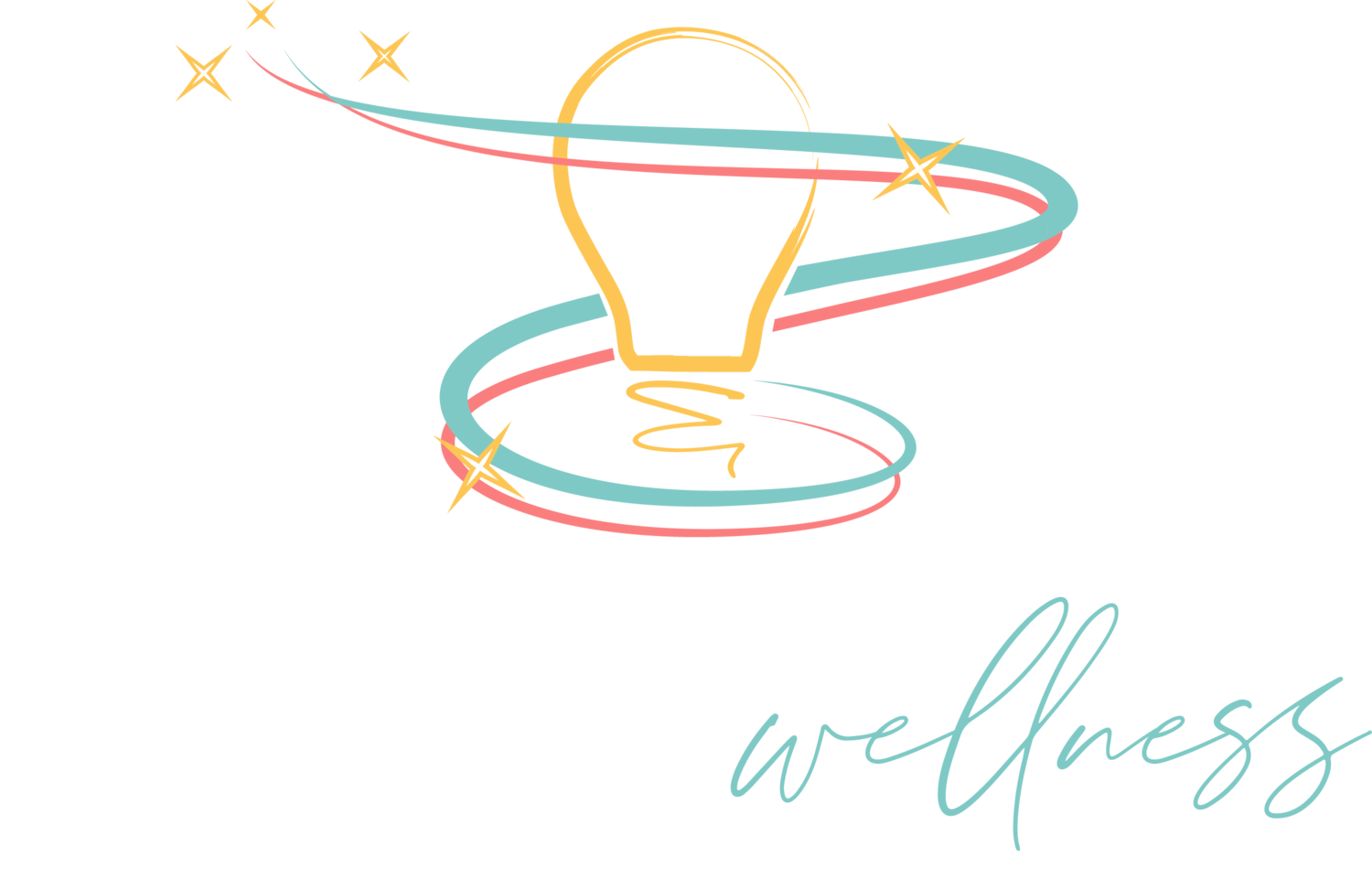A Sociological Perspective on Population Health
A strategic paradigm for widespread wellness
To fully understand population health, a big picture approach is needed. The sociological perspective can inform the development of population health management educational programs, and practice of population health management.
By teaching sociological population health management, we empower students and professionals with training on how to analyze the social factors that contribute to the manifestation of illness, disease, and wellness in a given society.
Sociology is the study of societies: the norms, culture, social institutions and behaviors present in our communities. On a practical level, the sociological analysis of populations can help to identify social problems, and develop systemic solutions. Applied to health, this discipline and its research methods can help us understand and address the underlying conditions that promote or infringe upon wellness.
Population health refers to the collective health status of a group, measured by various health outcomes such as life expectancy, quality of life, chronic illness burden, functional ability.
The United States spends 18% of its gross domestic product on health, and more per capita than any other country, yet healthcare quality, safety, and access are serious issues. As of 2016, one third of Americans did not access recommended services, and half of our population is chronically ill.
The U.S. ranks lower than other industrialized countries on health outcomes, and we have major health disparities.
The sociological perspective directs our attention to how the underlying societal conditions contribute our collective health status. Issues such as racism, discrimination, housing quality and affordability, and lack of education contribute to how both emotional and physical health manifests. These conditions are known as social determinants of health.
While many aspects of healthcare are oriented primarily with diagnosis and treatment of disease, there are many practices and services that can enhance wellness, and these practices are not always disseminated to everyone in a community equally.
This means that although there are ways for health professionals to take action, tackling social determinants to reduce health disparities often falls outside the hospital setting.
Applying the sociological perspective to health care as a social institution, we observe several institutional and structural changes. Healthcare organizations are now expected to collect, analyze, and make sense of patient data. They are held not only to a standard of care, but standards of patient experience, efficiency, cost, and prevention. Financial penalties are attached to the “unnecessary” use of emergency departments, and issues far outside the scope of medical practice infringe on the wellbeing of individuals. This has created a practice gap and the emerging field of population health management. This gap is filled by population health management education: training on how to understand groups of people, evaluate social programs in their ability to improve health, coordinate services across a continuum, and create a culture of health. Sociology can and should be a part of that education.
Our culture is also reflected in our health.
Population health is a global problem, but the United States has a unique healthcare context in which the fragmented “system” exists separate from efforts to improve the public’s health. Advances in diagnosing and treating illness, along with improved infrastructure, eventually drove down infectious disease, replacing it with chronic illness. At the same time, we are left vulnerable to epidemics as our systems are not set up to handle mass emergency issues, but are designed for efficiency.
Advances in technology, food systems, and industry have both improved quality life and spurred unintended detriments.
We have become largely sedentary, stressed, psychologically isolated, and sick with chronic disease in unprecedented and unpredicted levels. Our hospital systems are stressed with overuse from conditions that have preventable factors, and our public health system is underfunded.
As designers, social innovators, and academic entrepreneurs, we learn from our failures, investigate what others are doing, and get input from real people. We iterate, iterate, iterate!
Population health education is not static, and seen as a social innovation, it can be paired with active, applied, local research to not only refine the educational model, but to develop the strategies that can actually improve population health.
Educational programs can be social innovations for health improvement that can serve as models for launching academic-industry collaborations. The trifecta of consulting, education, and health practice can work in tandem to bring together multiple agencies and stakeholders around population health issues.
Widespread Wellness was started to provide insight into how to bring academic tools together with local communities and healthcare agencies. Embracing the design mindset can be a powerful way to pilot ideas. Being unafraid of failure and open to data, especially in the form of feedback from the population served (patients, clients, students, community members), can propel the intention of population health improvement into the reality of widespread wellness.
Resources
1. Centers for Medicaid and Medicare Services. National Health Expenditure Projections 2015-2025 Forecast Summary. Retrieved from https://www.cms.gov/Research-Statistics-Data-and-Systems/Statistics-Trends- and-Reports/NationalHealthExpendData/Downloads/Proj2015.pdf
2. McGlynn, E. A., Asch, S. M., Adams, J., Keesey, J., Hicks, J., DeCristofaro, A., & Kerr, E. A. (2003). The quality of health care delivered to adults in the United States. New England journal of medicine, 348(26), 2635-2645.
3. Osborn, R., Squires, D., Doty, M. M., Sarnak, D. O., & Schneider, E. C. (2016). In new survey of eleven countries, US adults still struggle with access to and affordability of health care. Health Affairs, 35(12), 2327-2336.
4. Common Wealth Fund. In New Survey of 11 Countries, U.S. Adults Still Struggle with Access to and Affordability of Health Care. Retrieved from https://www.commonwealthfund.org/publications/journal- article/2016/nov/new-survey-11-countries-us-adults-still-struggle-access-and
5. Healthy People. Disparities. Retrieved from https://www.healthypeople.gov/2020/about/foundation-health- measures/Disparities
6. Centers for Disease Control and Prevention. Social Determinants. Retrieved from https://www.cdc.gov/socialdeterminants/index.htm
7. Raghupathi, W., & Raghupathi, V. (2018). An empirical study of chronic diseases in the United States: a visual analytics approach to public health. International journal of environmental research and public health, 15(3), 431.
8. Trust for America’s Health. Persistent Underfunding of America’s Public Health System Makes the Nation Vulnerable and Puts Lives at Risk. Retrieved from https://www.tfah.org/article/new-tfah-report-persistent-underfunding-of- americas-public-health-system-makes-the-nation-vulnerable-and-puts-lives-at- ris




